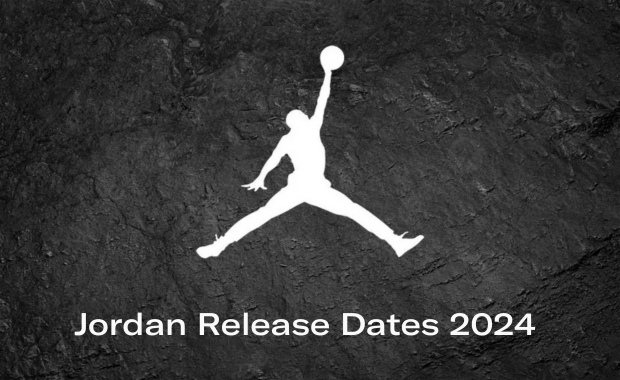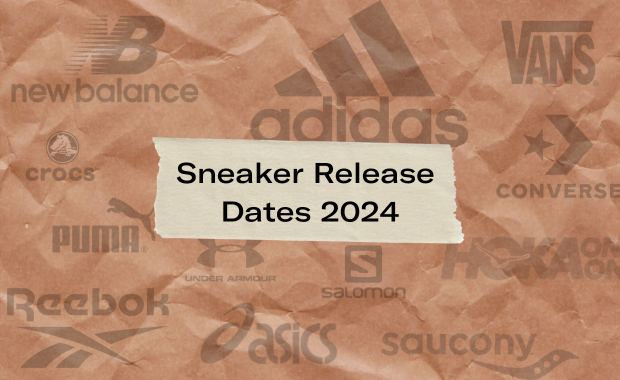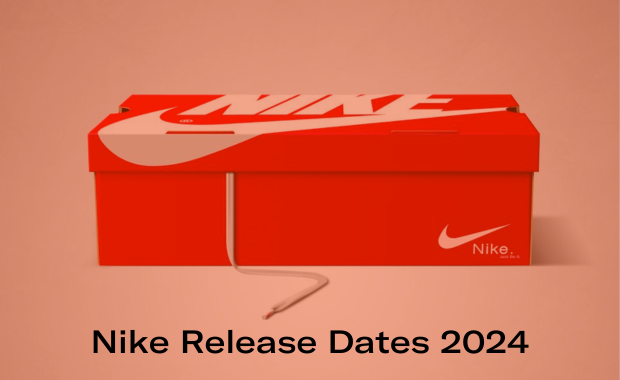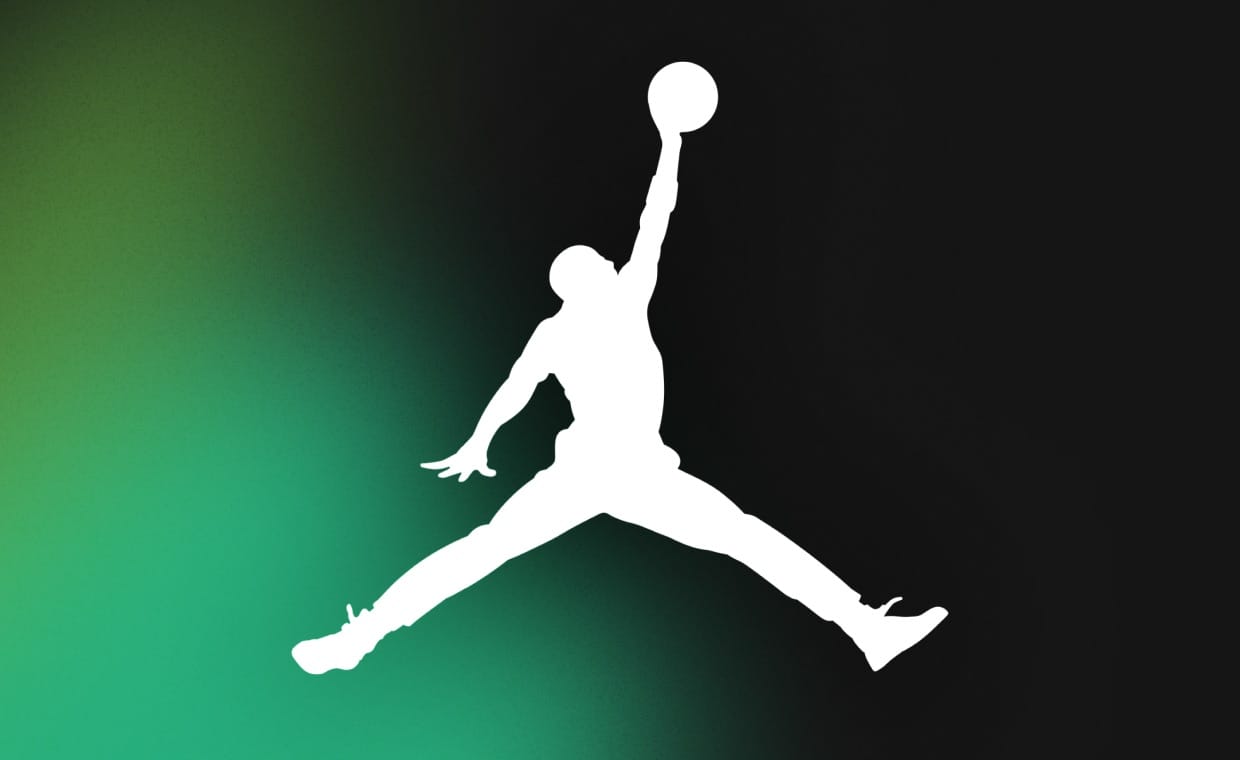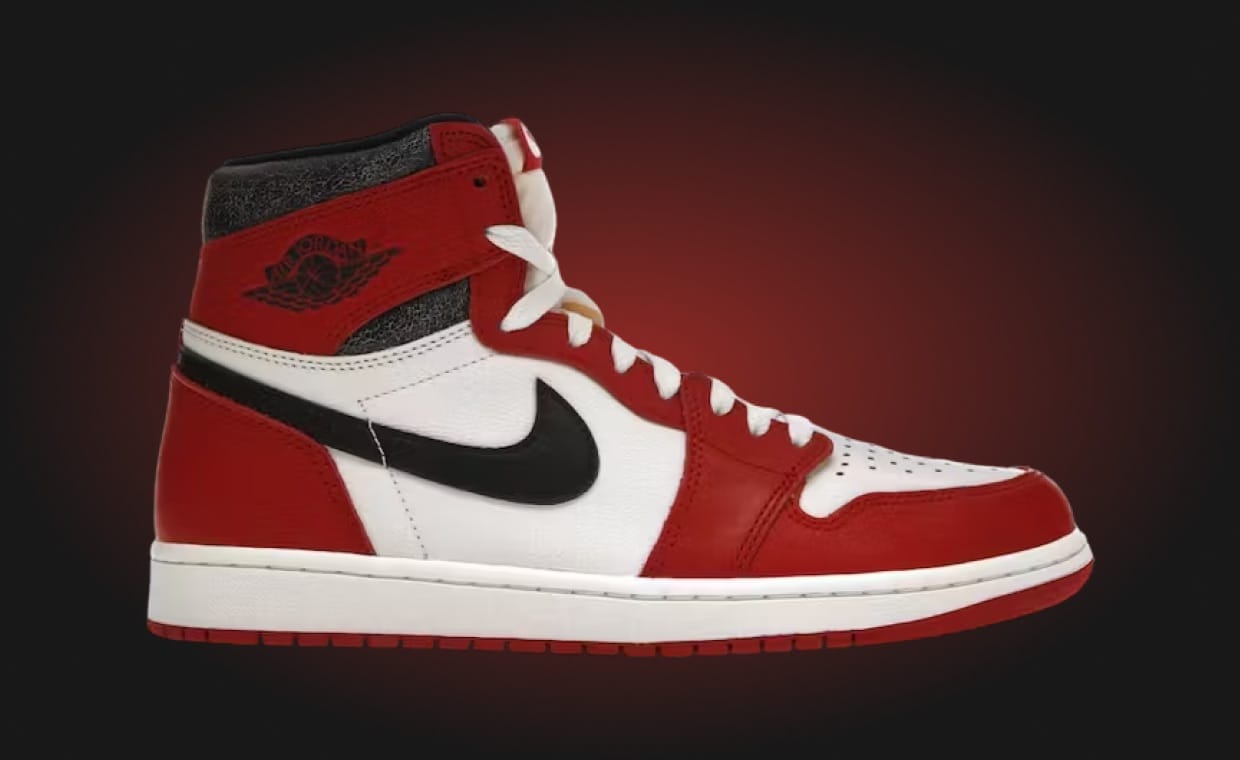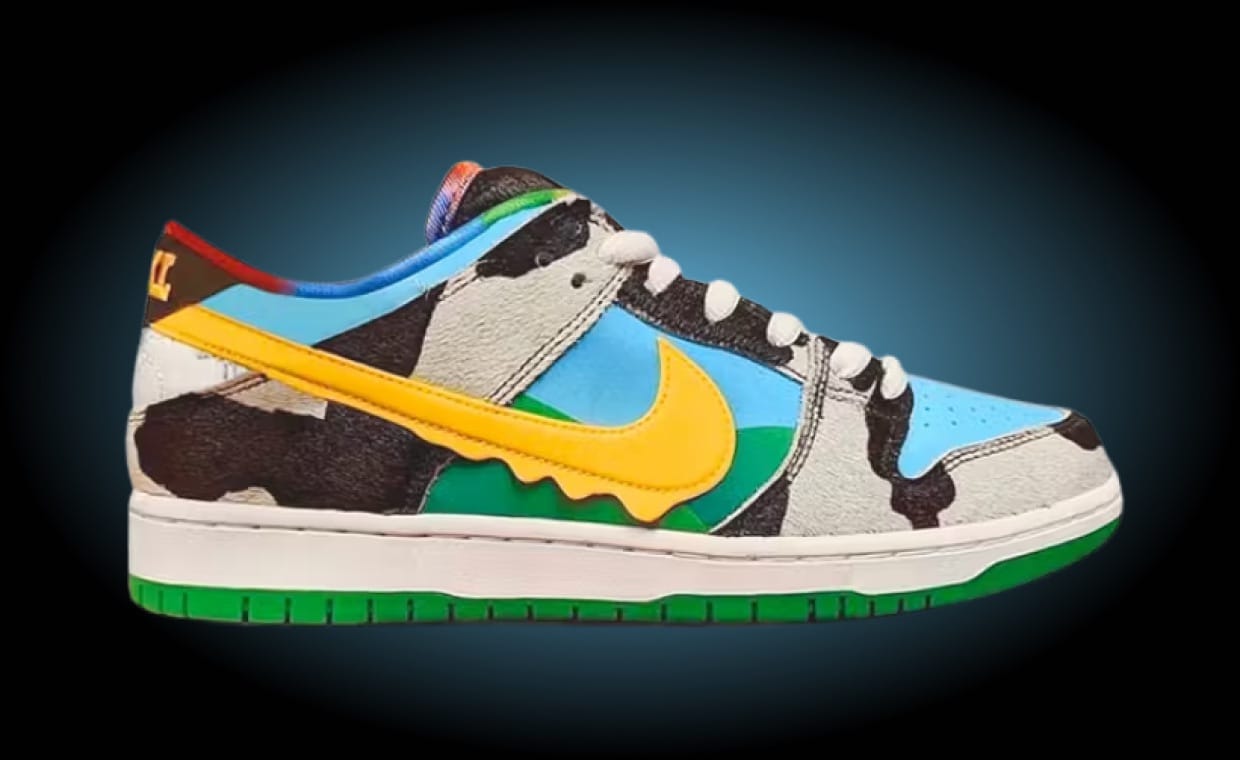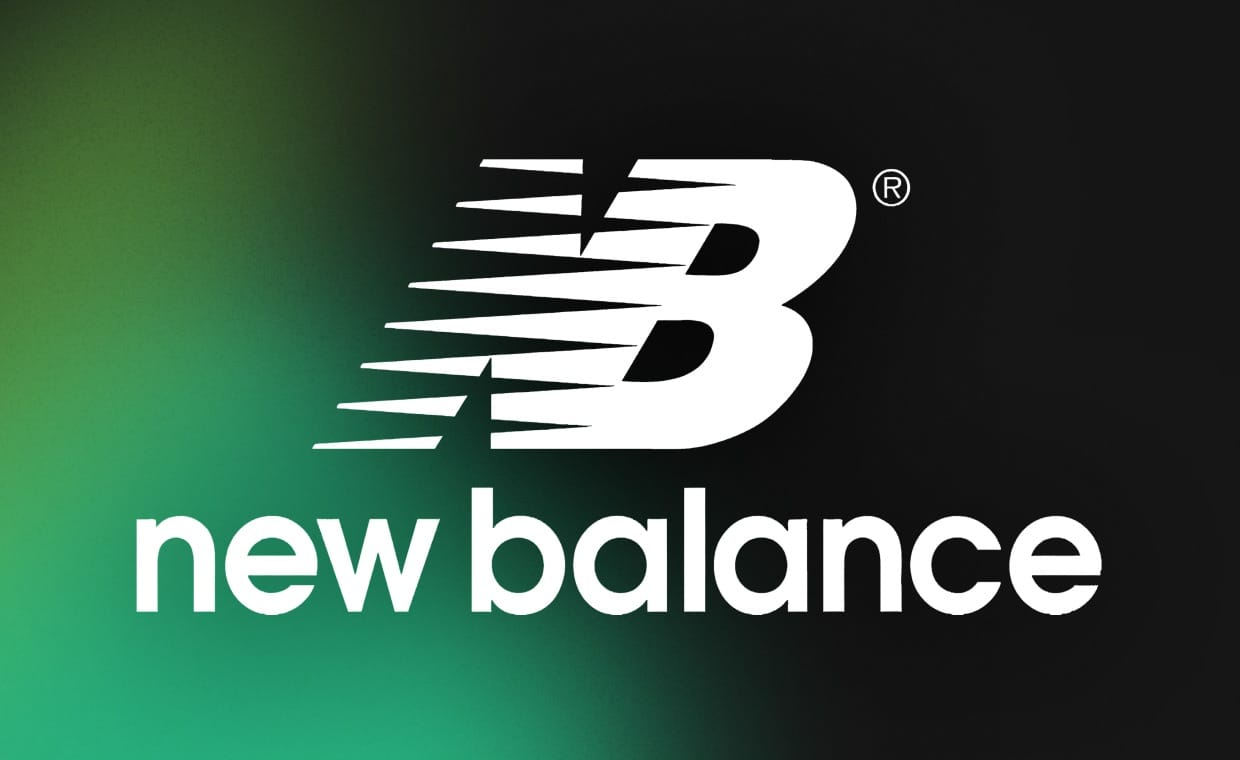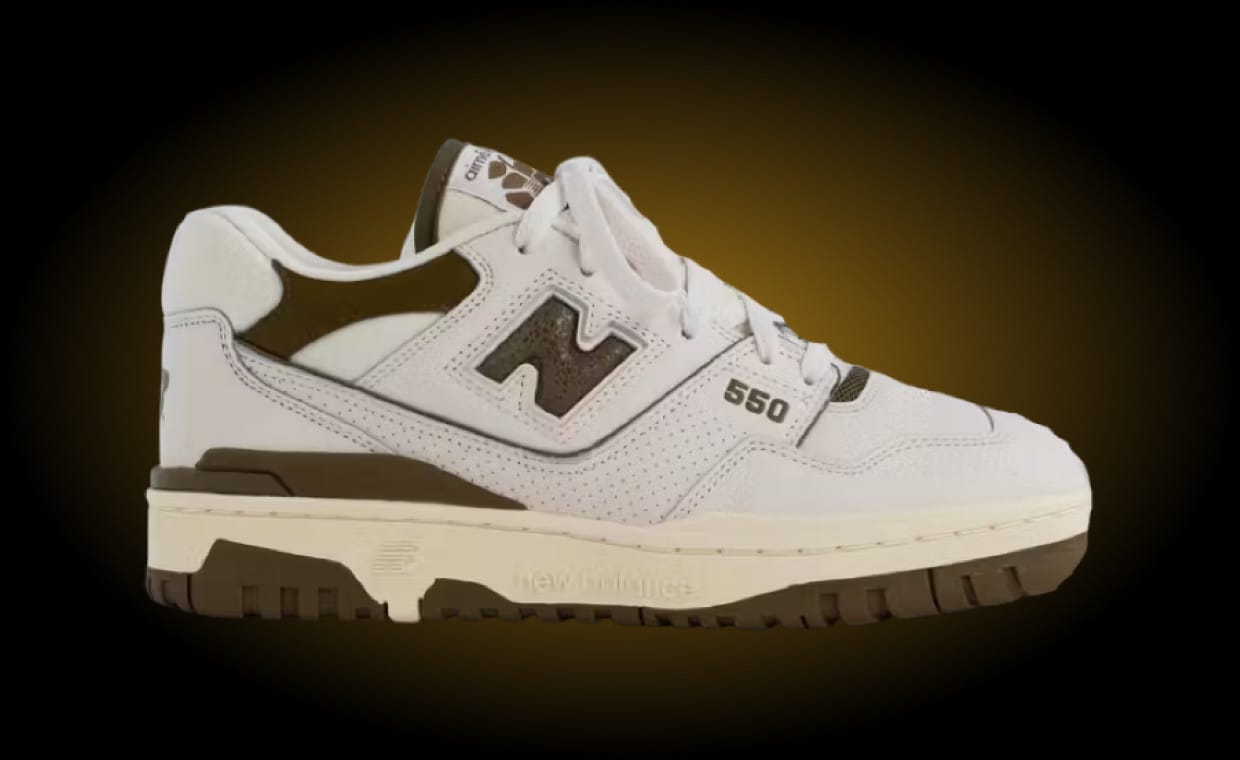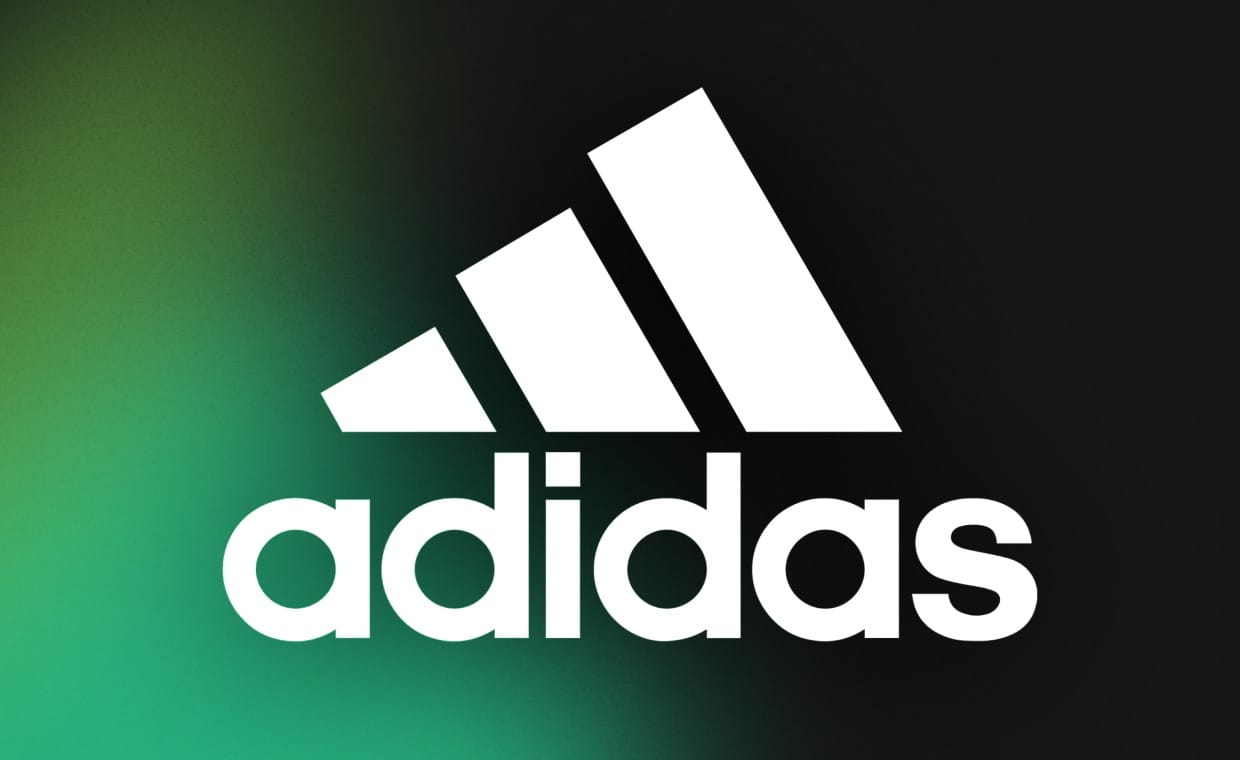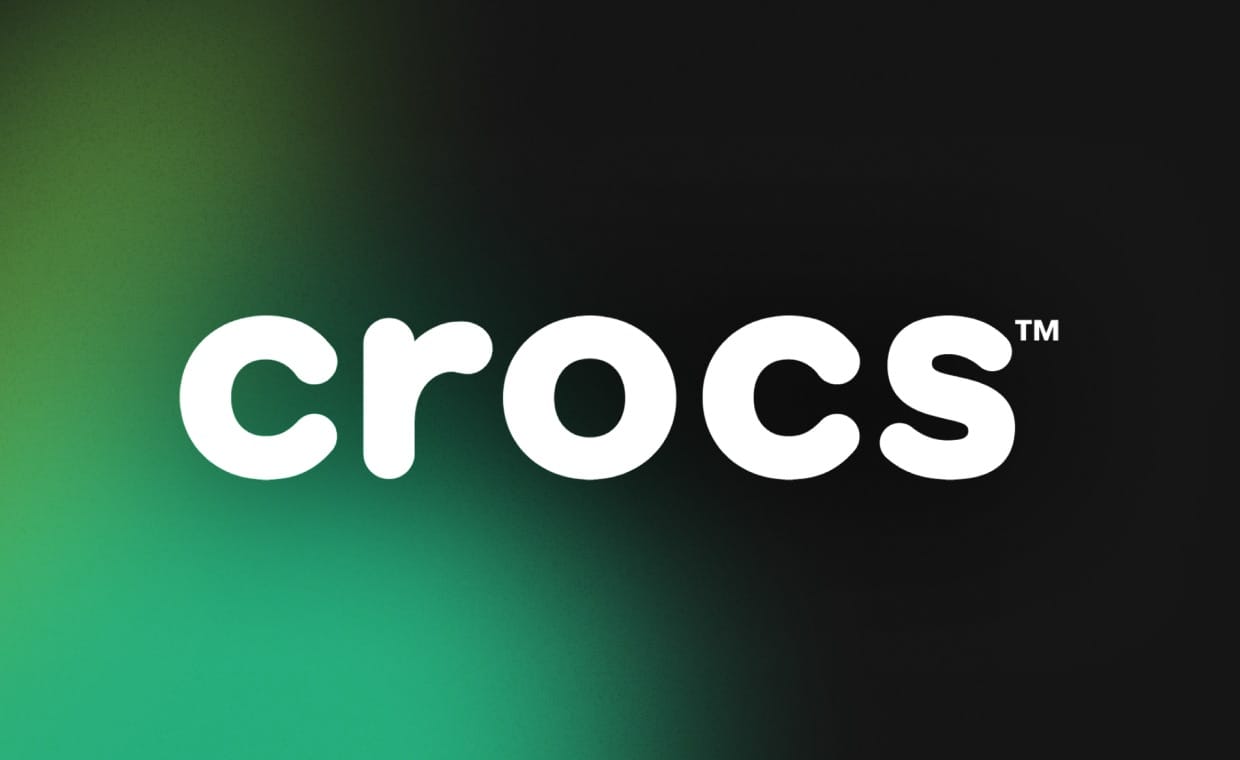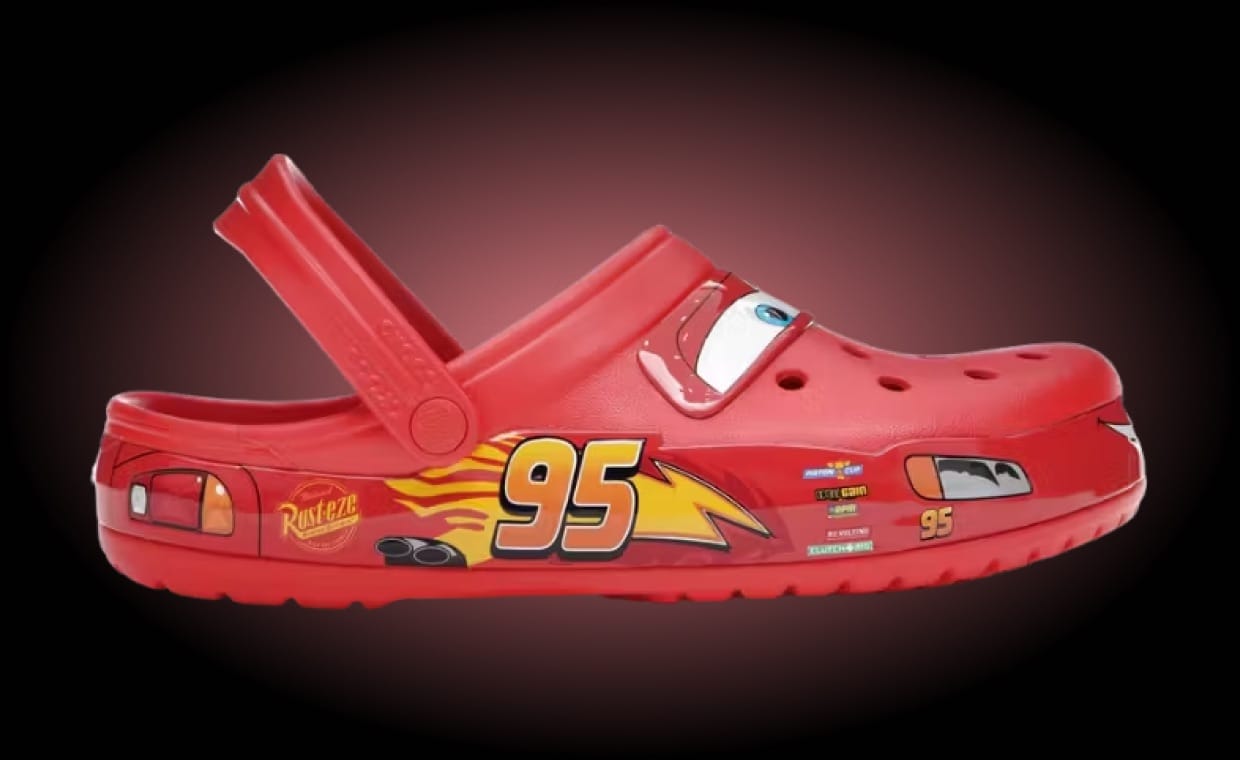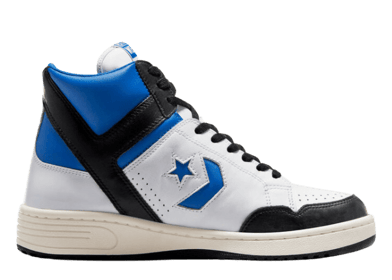No, the Converse Weapon Is Not a Poor Man's Air Jordan 1
Published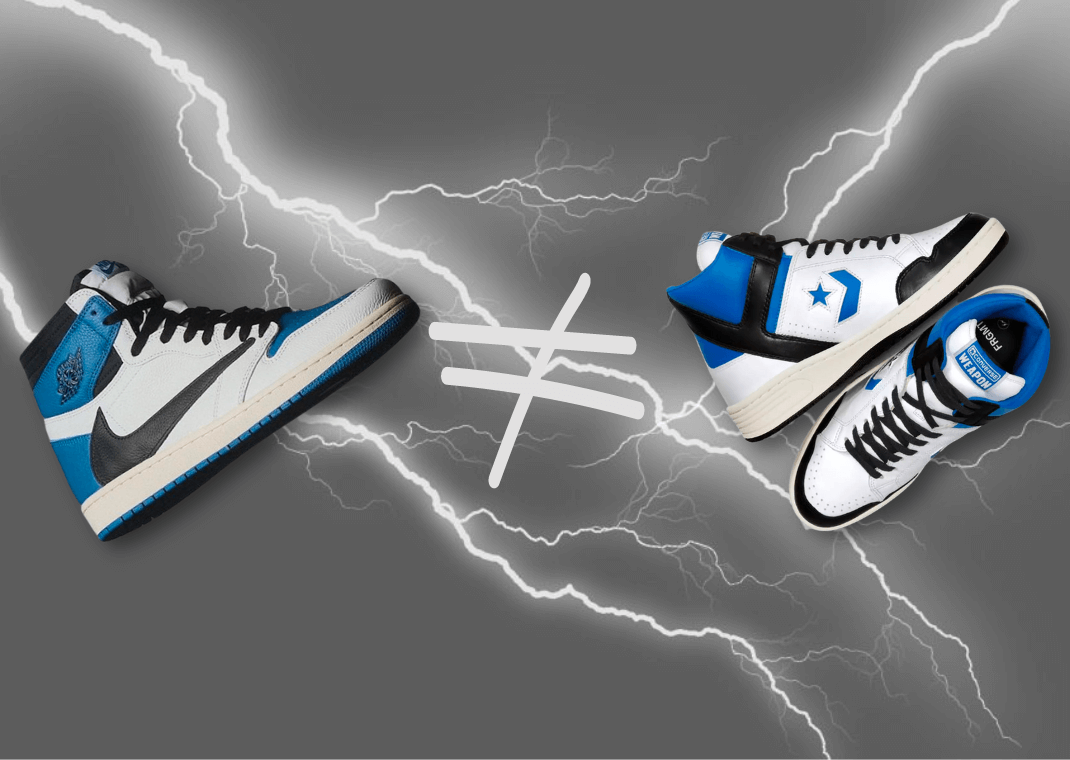
This week, Converse is bringing back the OG Weapon for the first time in nearly ten years through a collaboration with fragment. The basketball sneaker was one of the defining silhouettes of the 80s’ — famously worn by Larry Bird and Magic Johnson at the height of their games. But if you let some tell it, the weapon is merely a “poor man’s Air Jordan 1.”
That’s the moniker Highsnobiety gave to a model that was omnipresent on NBA courts in the latter half of the ‘80s, perhaps the most crucial era in the league’s growth. Not only is such a description inaccurate, it’s downright disrespectful to Converse’s basketball legacy and the history of sneaker culture. Although it’s lame to be a gatekeeper of sneakers, as there’s plenty of room for new people to take interest, it’s also corny to display such a blatant indifference or willful ignorance to the story of the Weapon.
Converse, which was acquired by Nike in 2003, began its revival of the Weapon in 2021. The two-pronged effort saw the basketball sneaker retooled with more modern technology and rounder shapes as the Weapon CX. Rick Owens also introduced his own version of the silhouette that kept truer to the Weapon’s original shapes, albeit with an absolutely massive sole unit and a tongue that climbs toward the sky.
fragment’s take on the Weapon marks a full return to the 1986 design, as designer Hiroshi Fujiwara applies his signature blue, white, and black color scheme along with the brand’s debossed logo. Although the impending release isn’t generating nearly the same hype as some of fragment’s other collaborations — such as 2014’s Air Jordan 1 High or the 2021 version that brought Travis Scott into a threeway effort — it’s a worthwhile sneaker and an exciting opportunity to look back on Converse’s heyday.
When Converse first introduced the Weapon in 1986, it was still the predominant brand in basketball. Nike launched the Air Jordan 1 in 1985 and the Air Force 1 in 1982, but its challenge of Converse’s position was still in its nascent stages. In addition to Bird and Magic, Isaiah Thomas, Kevin McChale, Bernard King, and Mark Aguirre all wore the Weapon and took part in its innovative campaign.
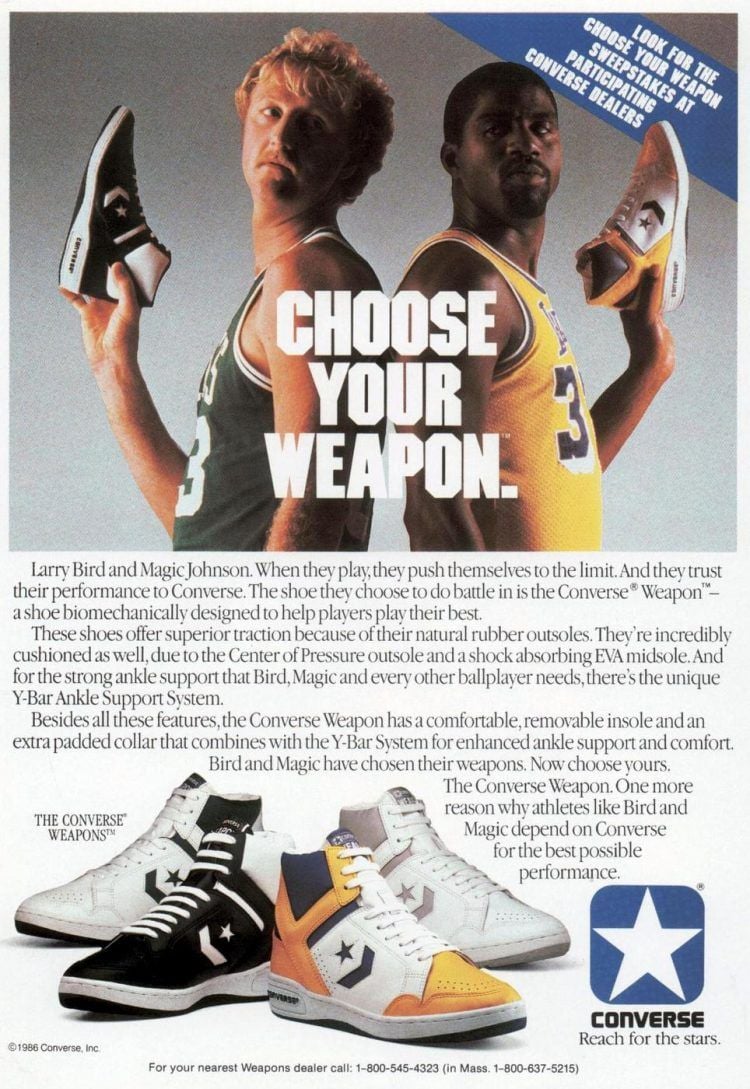
To showcase the Weapon’s many team-themed colorways, Converse ran the tagline, “Choose Your Weapon.” The most important distinction among colors came from the Los Angeles Lakers’ purple and gold and the Boston Celtics’ green and white. Bird and Magic were the two best players in the world and together accounted for seven of the decade’s titles. But beyond appearing on the feet of the perennial champions, the Weapon also brought together the two rivals as friends.
Bird and Magic had been pitted against each other since playing each other in the 1979 NCAA Basketball Championship game. Magic’s Michigan State Spartans bested Bird’s previously undefeated Indiana State Sycamores, and both entered the NBA in the ‘79-’80 season. Bird would win Rookie of the Year, but it was Magic who would win another championship while being named Finals MVP.
Naturally, the media played up the rivalry, and neither player was shy about admitting that they hated each other. But the nature of their relationship would change while filming a commercial for the Weapon. Converse brought both the players and a camera crew to Bird’s Indiana home, where his outdoor court would serve as the stage for the iconic spot. During a break, Bird’s mother insisted on inviting Magic inside for lunch with her son, and the subsequent conversation would spark a relationship that continues to this day. Bird and Magic still competed against each other as frenemies, with the Lakers winning the first of two consecutive titles in a 1987 matchup against the Celtics, but after their playing careers ended, they saw each other purely as friends.
To ignore the role the Weapon played not only on the court, but in a relationship emerging from the NBA’s most crucial rivalry in history is to ignore the very rich stories that make the sneaker game so interesting.
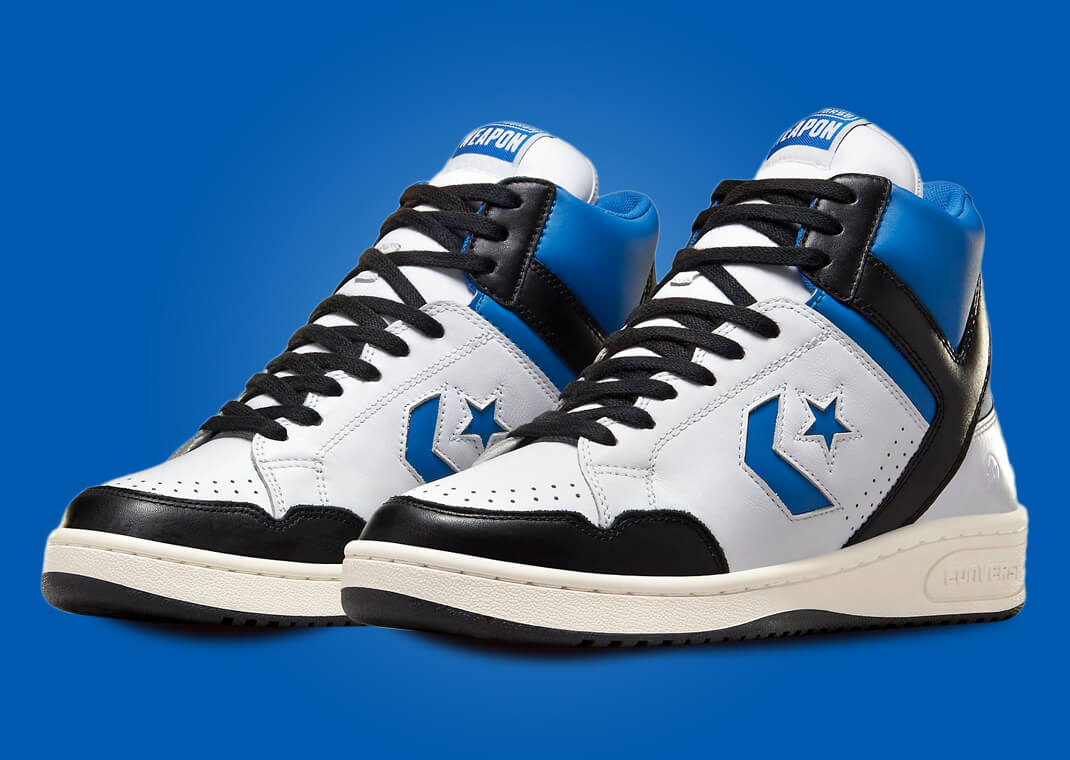
In the time when poring over sneakers was a subculture rather than part of the monoculture that it would become, spotting someone in a pair of Air Jordans signaled a fellow hoops fan ready to geek out on key moments from the game and the shoes worn during them. Seeing a fellow sneakerhead indicated there was a great conversation to be had amongst people with common interests. Today, a person wearing the very same shoe might not know anything beyond Instagram or TikTok telling them it’s cool.
Such a phenomenon is unavoidable now, and there’s only so much breath to be given to complaints about how sneaker culture has changed. Still, we should expect much better from the likes of Highsnobiety, one of the defining players in the blog era for sneakers and streetwear.
Those who don’t know any better can go ahead and ignore the fragment x Converse Weapon and make it that much easier for those that do to cop. The fact of the matter, though, is that the Converse Weapon is no poor man’s Air Jordan 1. It’s a legitimate and important part of sneaker history. The two sneakers were bonafide rivals when they were actually worn on the NBA court, no matter how what’s happened since has been left for bonafide sneakerheads to point out.
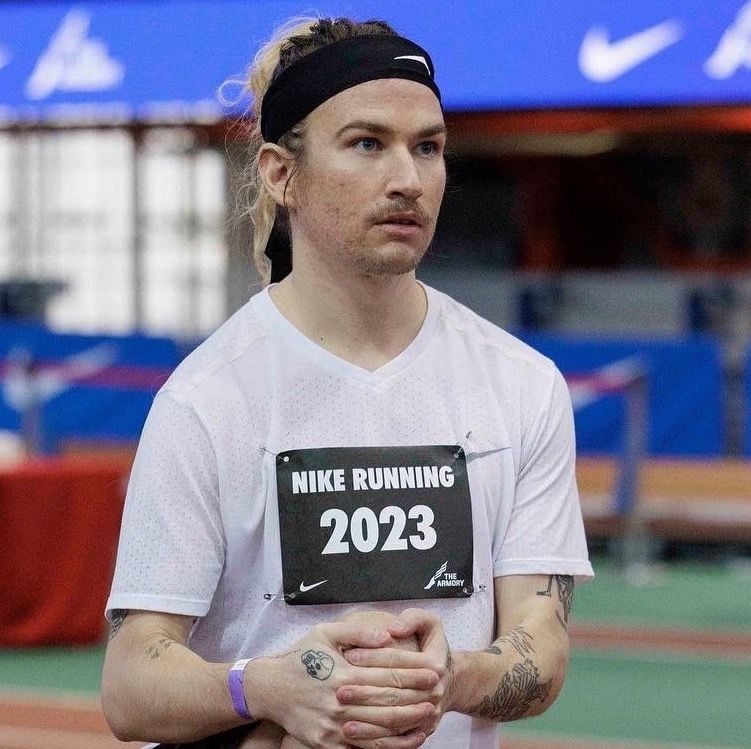
Ian Servantes is a writer and editor based out of Brooklyn. He's previously covered fashion, sneakers, and pop culture for outlets including Input, Highsnobiety, and Complex.
